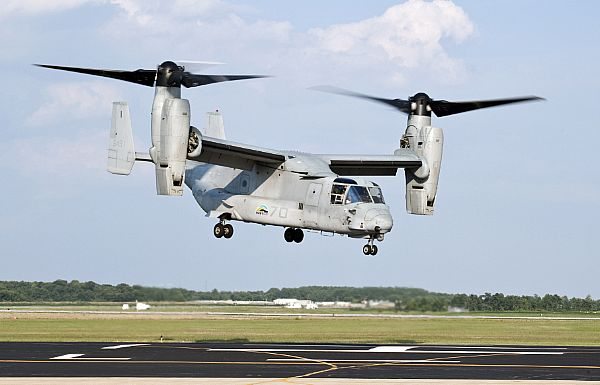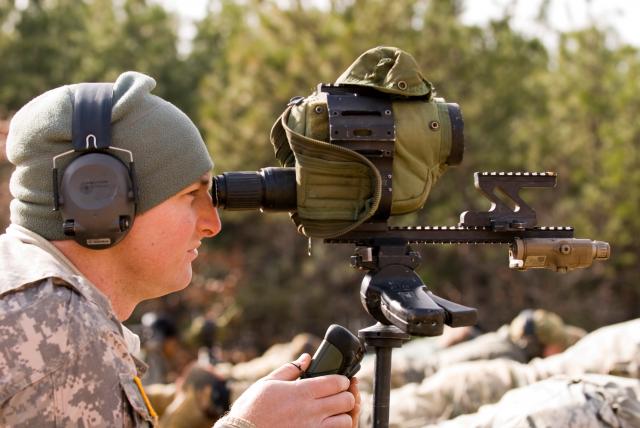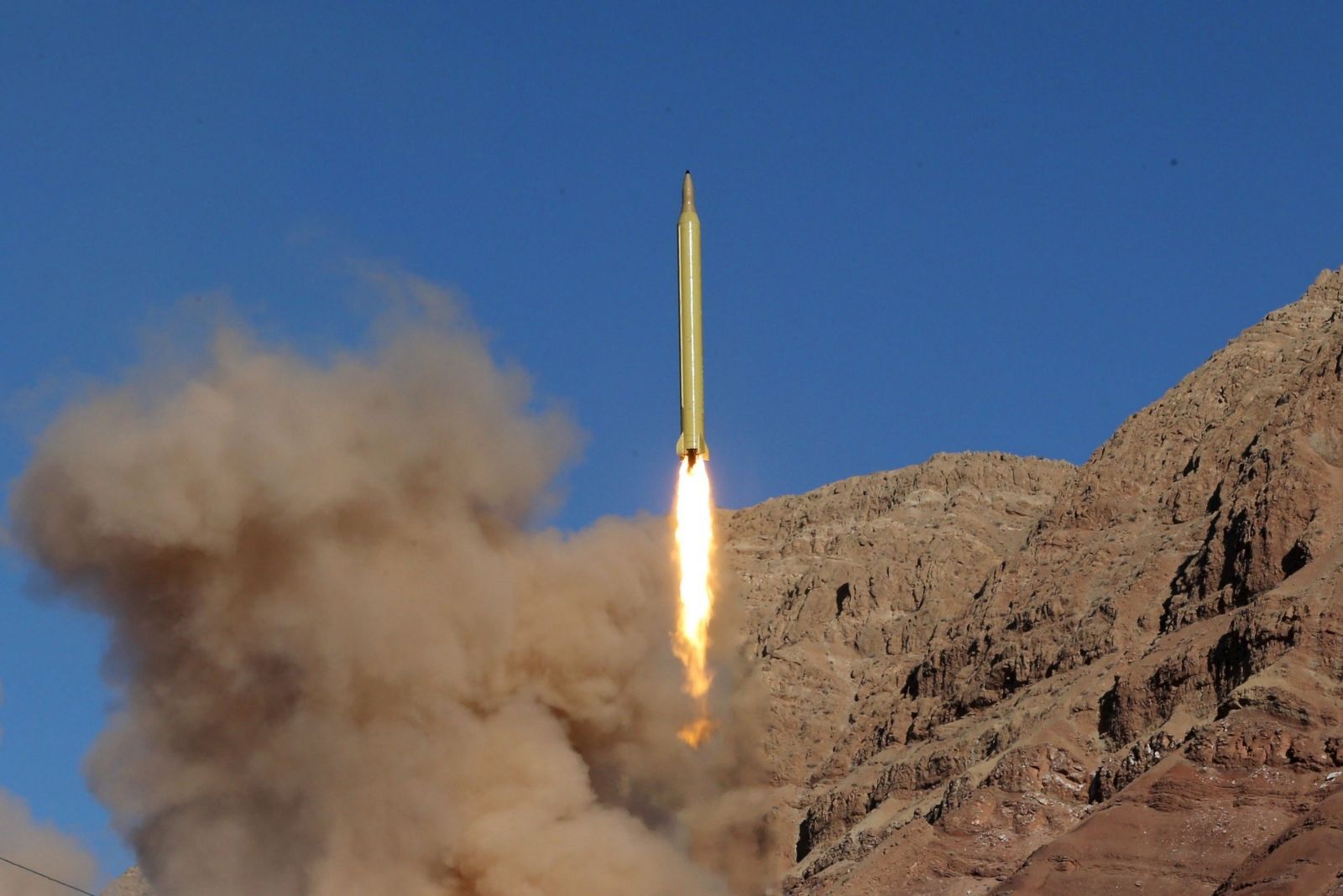A V-22 Osprey crashed during a training exercise in Morocco yesterday, killing two U.S. Marines and severely injuring two others. The cause of this particular accident is unknown, but some crashes in the past have involved a dangerous flying condition of which the V-22 is prone to experience.
The Morocco crash brings the total number of fatalities from V-22 accidents to 36. Of those fatalities, all but four have taken place during training exercises—not in combat zones—and the lion’s share of those training exercise deaths occurred in one notorious accident.
The V-22, which takes off and lands like a helicopter but flies like a plane, had its first flight in 1989 (there are two similar variants of the V-22 in use—the Marine Corps MV-22 and the Air Force CV-22). The program is expected to cost taxpayers around $57 billion, and has been beset by cost overruns and schedule delays, fueled in part by its technical problems and the challenges the design poses. Regarding the latter, as we wrote in 2005, the V-22’s unique design characteristics mean it “can’t auto rotate to a safe landing…lacks the ability to perform quick evasive combat maneuvers under fire, and can’t descend too quickly or it will go into a dangerous roll.”
Since its inception, there have been five fatal crashes, as well as other nonfatal ones. A notable crash in April 2000, which killed 19 Marines during a night-time training exercise in Arizona, is still being investigated by Representative Walter Jones (R-NC). Although the Department of Navy and the Marine Corps maintain that the crash was due to pilot error, those familiar to the accident believe it was the fault of the V-22’s “vortex ring state.” Jones is fighting to clear the pilots’ names.
There was another fatal crash in December 2000 that led to the Marine Corps grounding its fleet of V-22 Ospreys, but flights resumed in 2002.
The Morocco crash is the first fatal MV-22 crash since 2000—however; there was a fatal CV-22 crash in Afghanistan in 2010 which should not be discounted from the V-22’s crash record. The CV-22 is the special forces version of the V-22 and is very similar except for extra fuel tanks and radar equipment.
There was serious controversy over the accident report of the 2010 crash. Investigator Brig. Gen. Donald Harvel, who concluded that engine failure was the cause of the accident, told Air Force Times that “there was absolutely a lot of pressure to change my report.” The Air Force ultimately overruled Harvel’s conclusion, alluding to pilot error as the cause. According to Danger Room, the changed report represented growing evidence that “the military is deliberately obscuring the truth regarding the V-22′s ongoing safety woes.”
Tom Christie, the Pentagon’s former Director of Test and Evaluation, told POGO that as far as he’s concerned, the V-22 program should never have been allowed to get this far. Christie said:
“I have no idea what happened [in Morocco], but the V-22 has a fundamental design problem [the vortex ring state] that pilots have to work around, and that problem has existed since day one. You can use operational procedures to prevent the problem from happening, but it’s difficult in certain kinds of combat scenarios not to get into that situation. The military is not about to scrap the V-22 program now—we’ve bought them already—but the program should not have been allowed to come to this point.”











